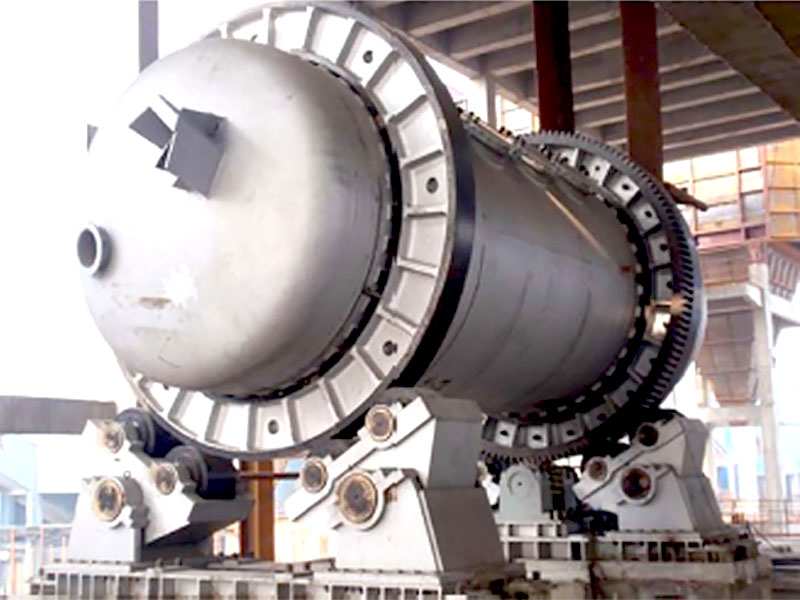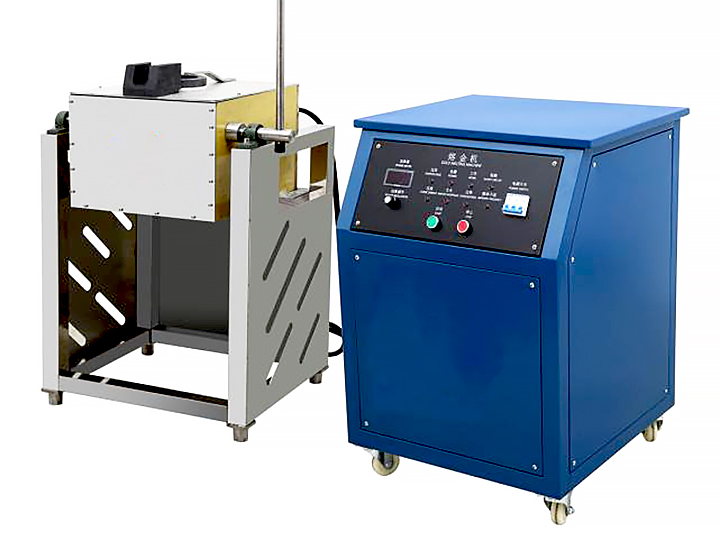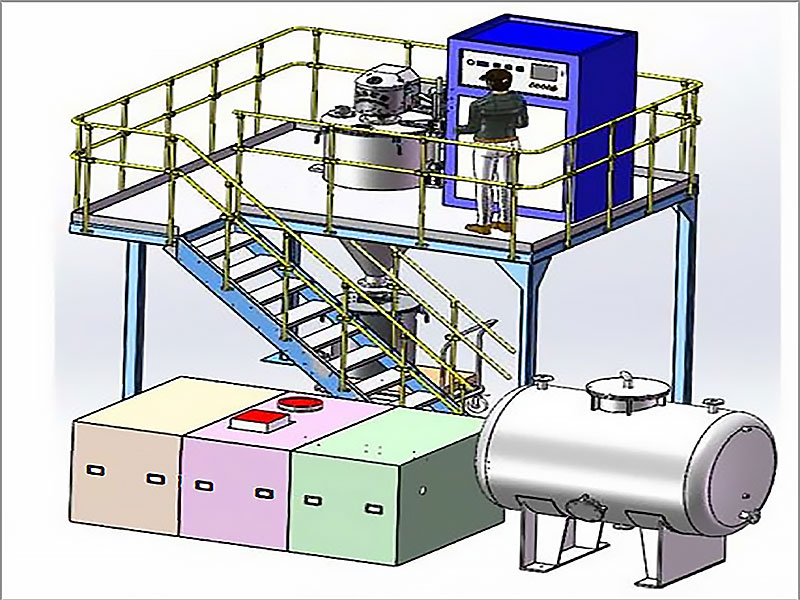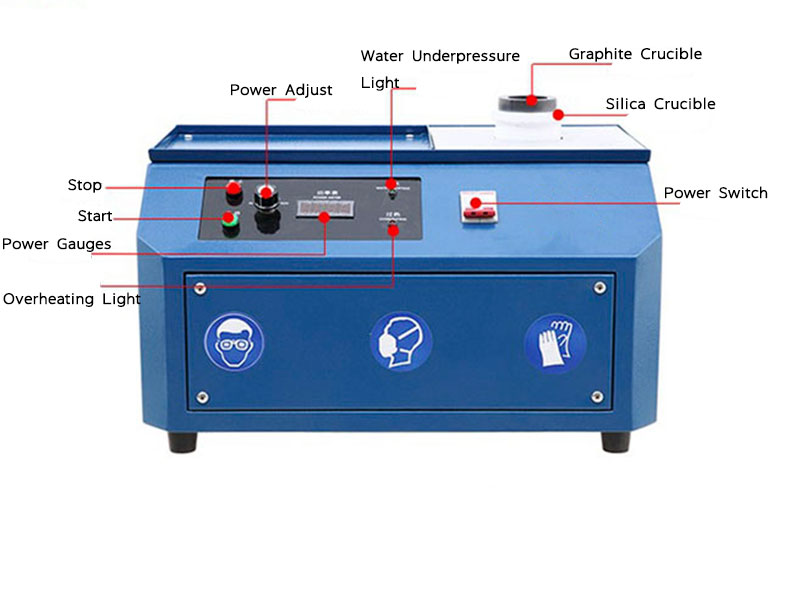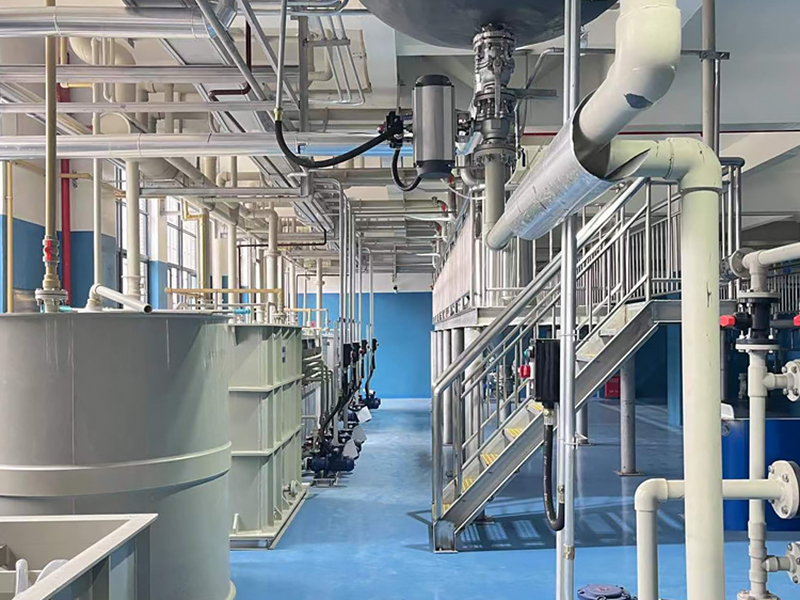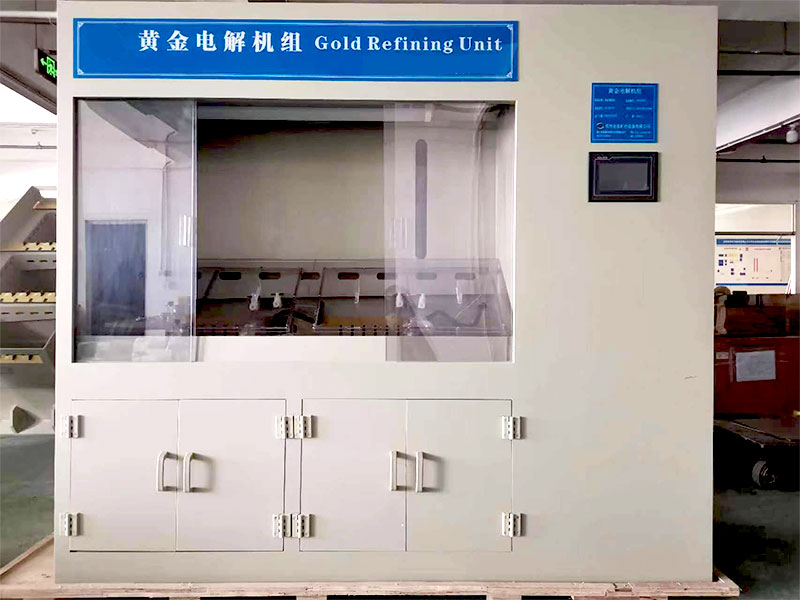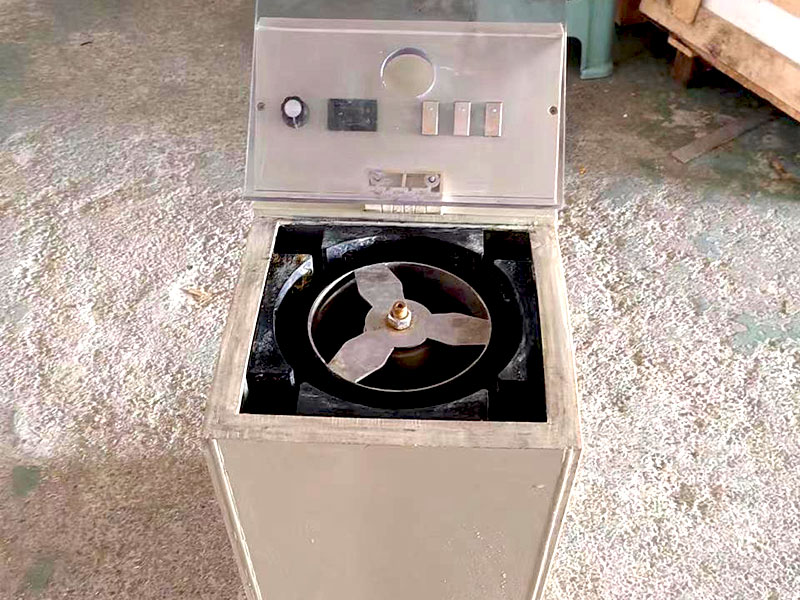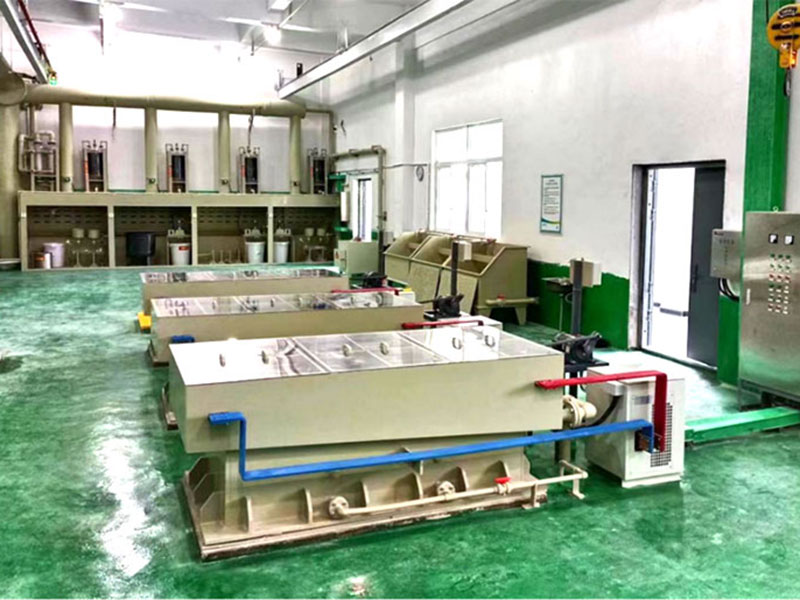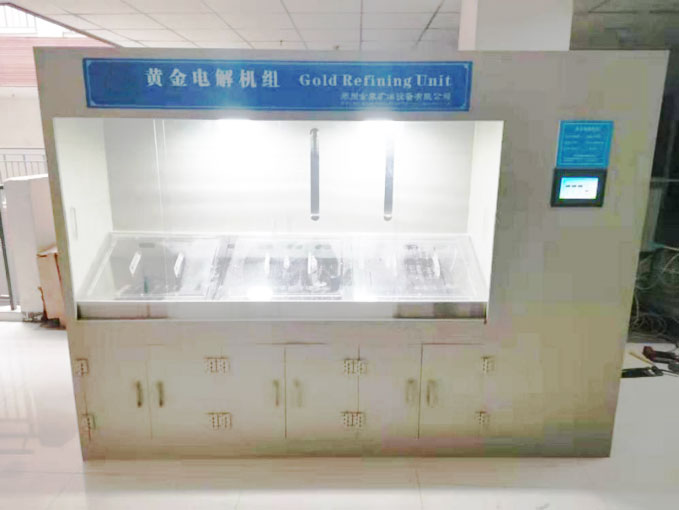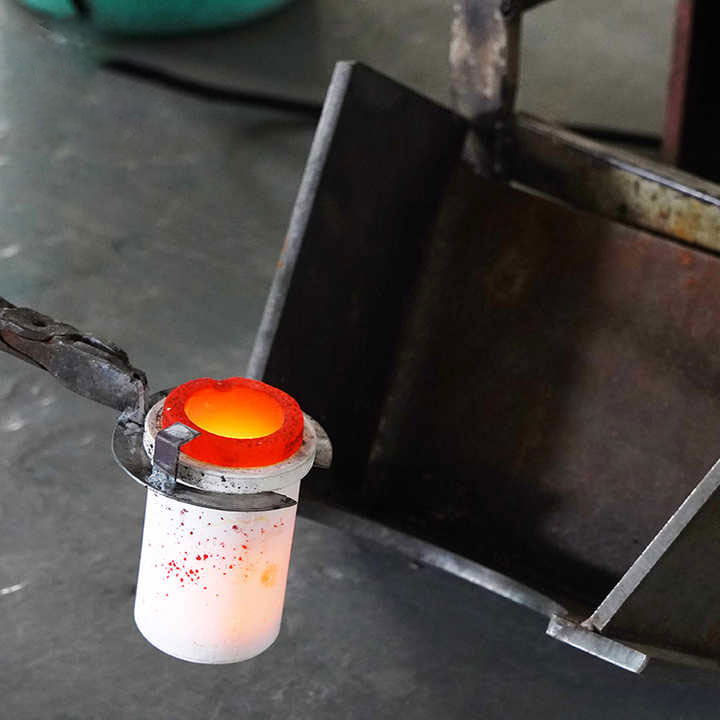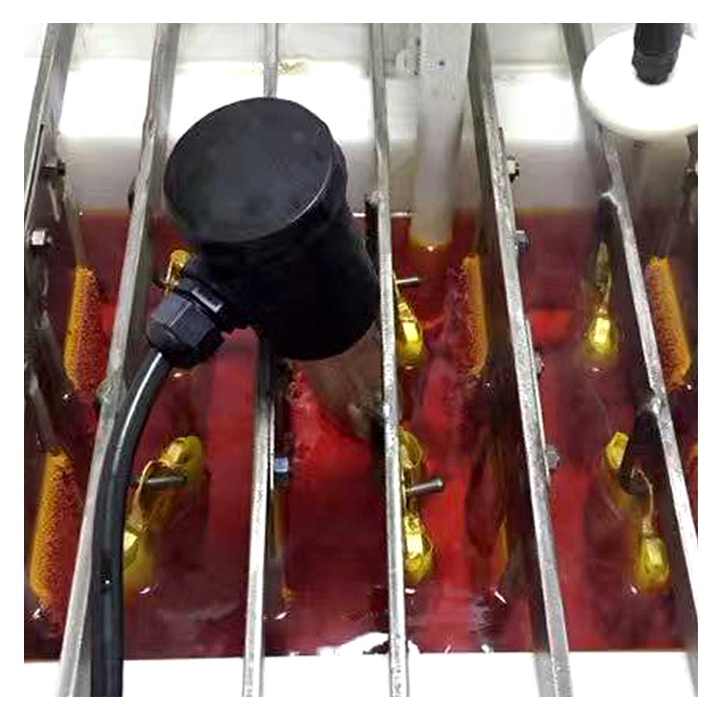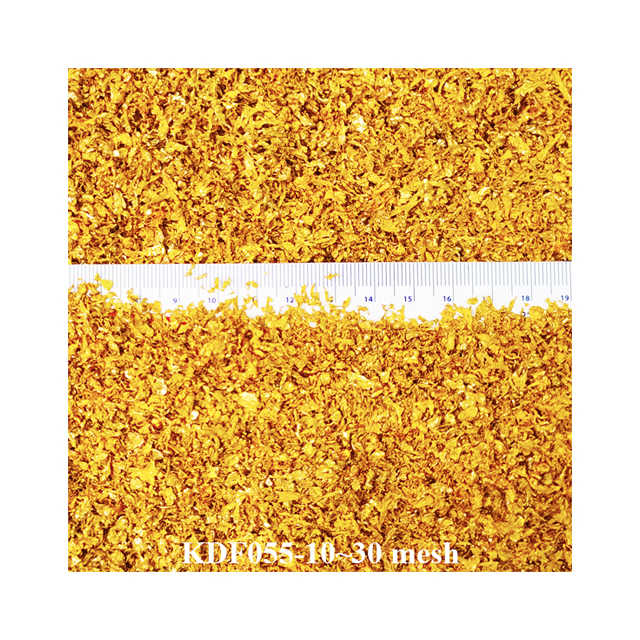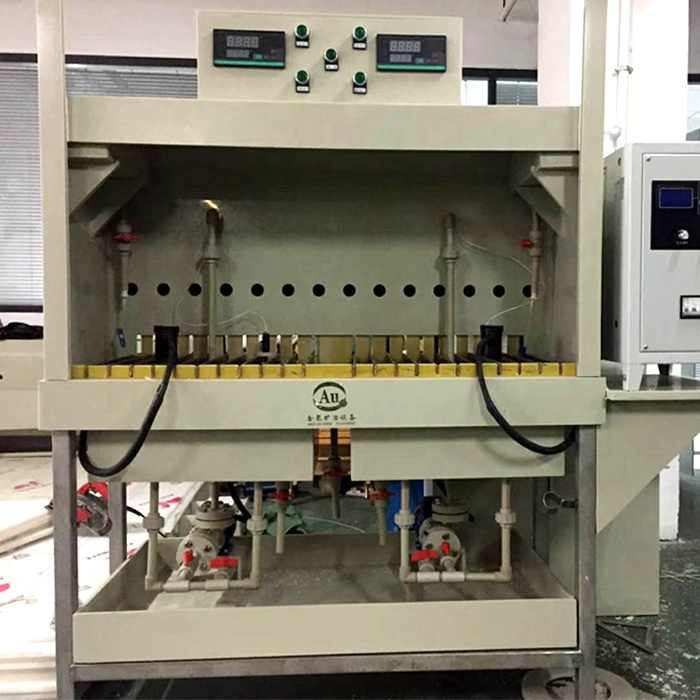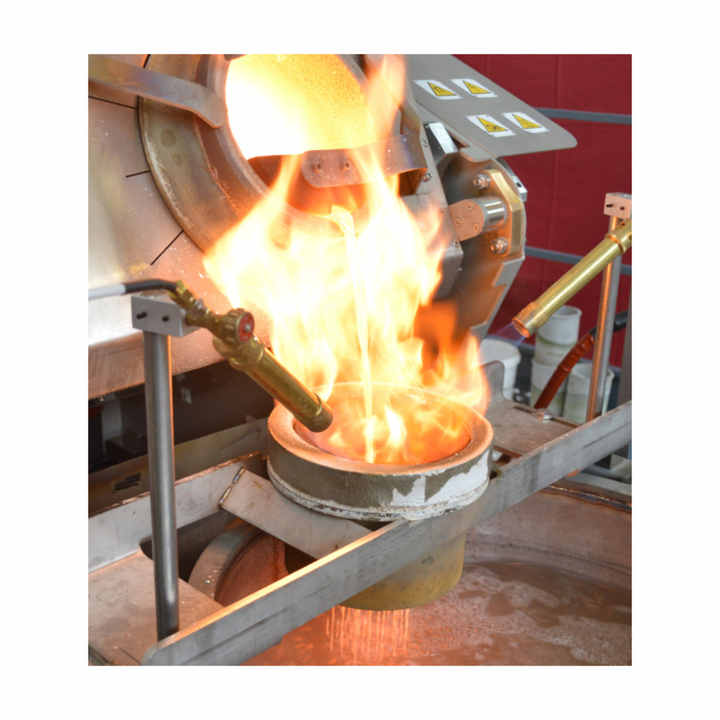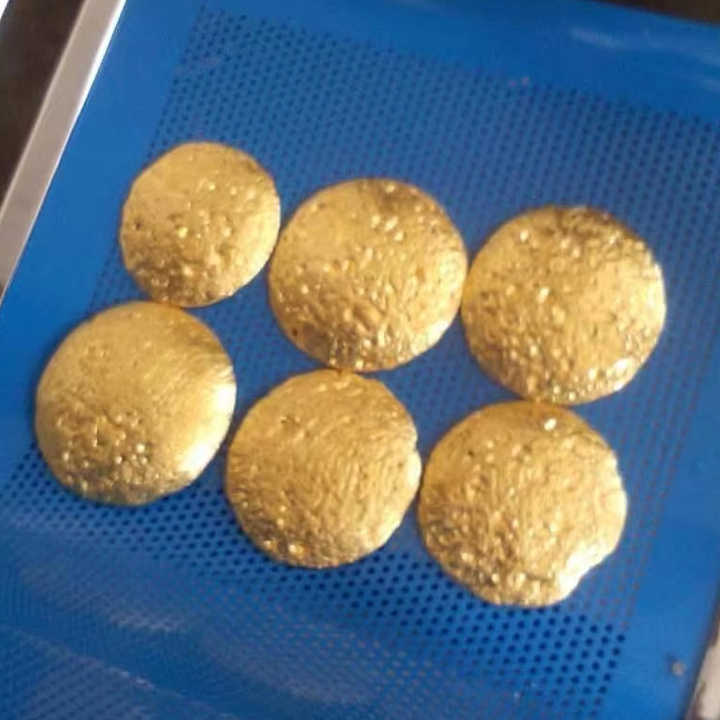purification of gold
Gold has captivated human interest for millennia with its beauty and rarity. The process of purifying gold is crucial in transforming raw ore into a precious, high-value metal. This article delves into the various methods employed in the purification of gold and examines their effectiveness in achieving the ultimate purity.
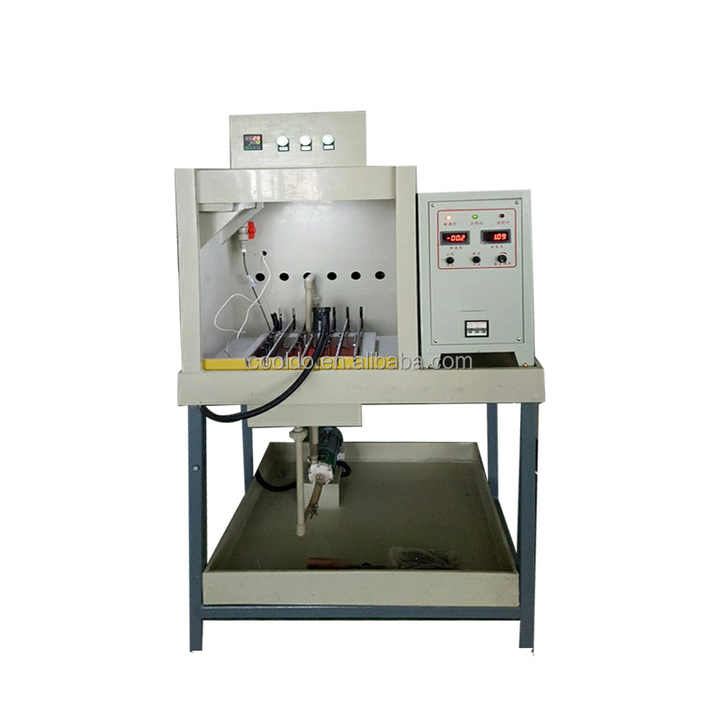

Understanding Gold Purification
The purification of gold involves separating the gold from other elements or impurities. This process is essential for achieving the highest quality of gold, which is crucial for both industrial applications and jewelry. The methods used for purification can vary depending on the initial quality of the gold and the desired end product.
Traditional Methods of Gold Purification
One of the oldest techniques for the purification of gold is the use of fire. This method, known as cupellation, involves heating the gold ore in a furnace along with a flux. The flux combines with impurities to form a slag, which is then removed, leaving behind pure gold. This method is effective but can be time-consuming and requires significant energy.
Another traditional method is the use of mercury amalgamation. In this process, mercury is mixed with gold ore to form an amalgam. The gold is then separated from the mercury, which is later removed through heating. Although this method is efficient, it has environmental concerns due to mercury pollution.
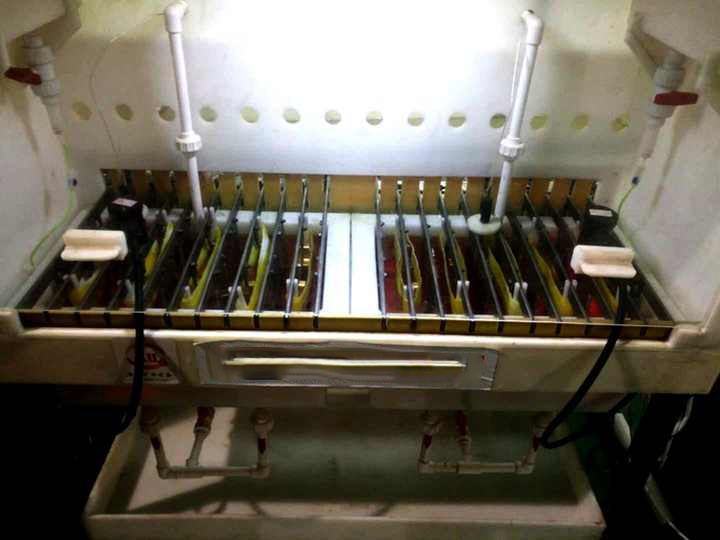
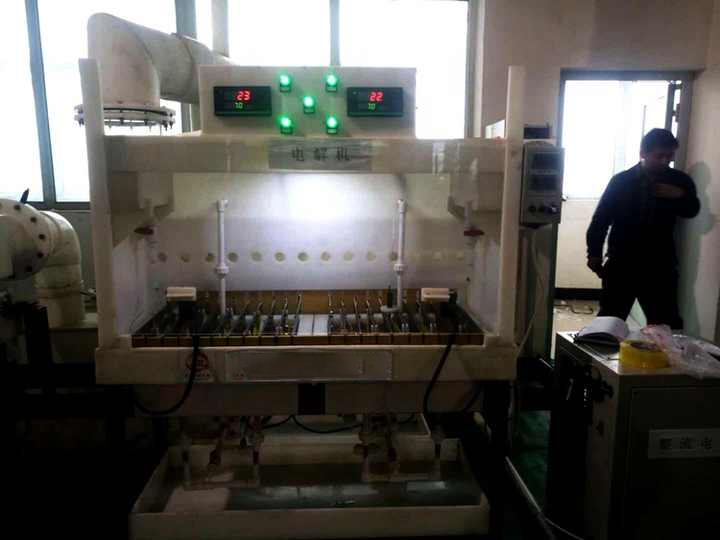
Modern Techniques for Gold Purification
In contemporary practices, the purification of gold has advanced with the use of chemical methods. One widely used technique is the cyanide leaching process. This method involves dissolving gold from ore using a cyanide solution. The gold is then recovered from the solution through various means, including precipitation or adsorption onto activated carbon. Cyanide leaching is highly effective for extracting gold from low-grade ores, but it requires careful handling due to the toxicity of cyanide.
Another modern technique is the use of electrolysis for gold purification. In this process, gold is dissolved in an electrolyte solution and then deposited onto an electrode. The purity of gold achieved through electrolysis is often very high, making it a popular choice for refining gold to its ultimate purity.
Environmental Considerations in Gold Purification
The purification of gold, particularly through traditional methods, has significant environmental impacts. Mercury amalgamation, for instance, poses serious risks of mercury contamination, which can have harmful effects on both ecosystems and human health. Similarly, cyanide leaching, while effective, requires careful management of cyanide to prevent environmental damage.
In response to these concerns, there has been a push towards more sustainable and environmentally friendly methods of gold purification. Innovations in technology aim to reduce the environmental footprint of gold extraction and processing, ensuring that the ultimate goal of purity does not come at the expense of environmental health.
The purification of gold is a critical process in ensuring that the metal reaches its highest potential quality. Whether through traditional methods such as cupellation and mercury amalgamation or modern techniques like cyanide leaching and electrolysis, each method has its own advantages and limitations. As technology progresses, the gold industry continues to seek methods that not only achieve the ultimate purity but also address environmental concerns, paving the way for more sustainable practices in gold purification.

